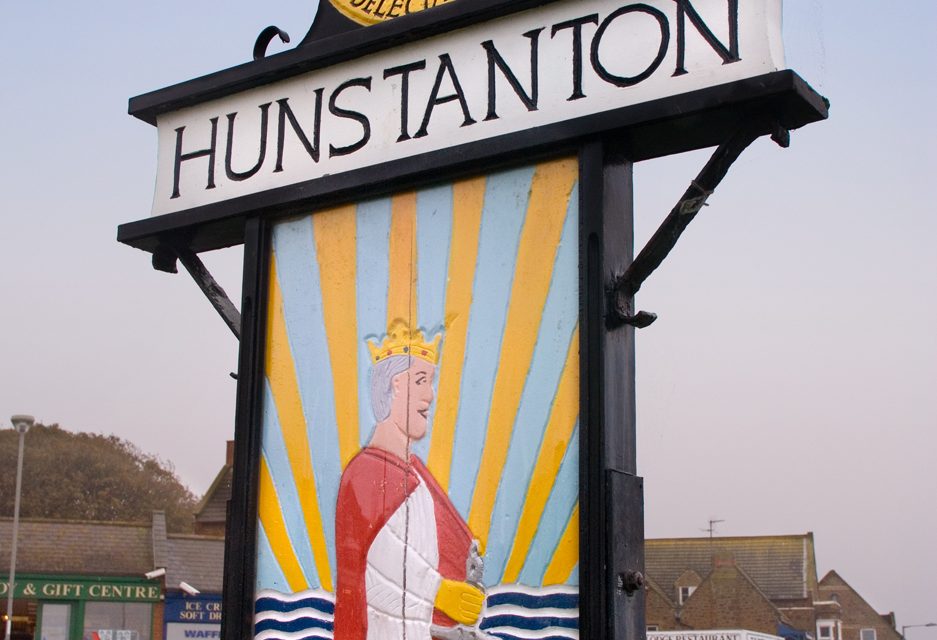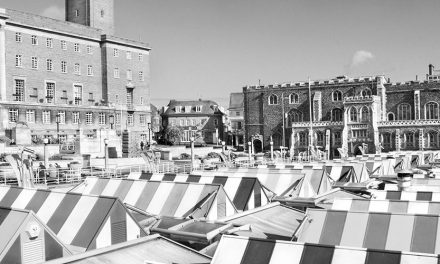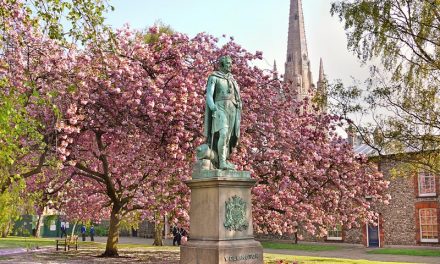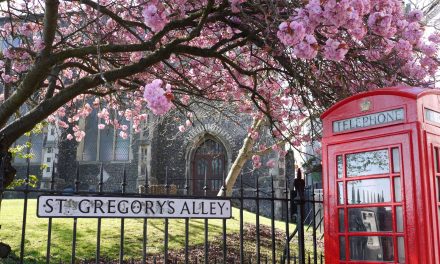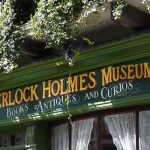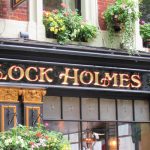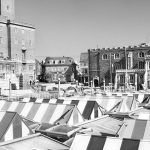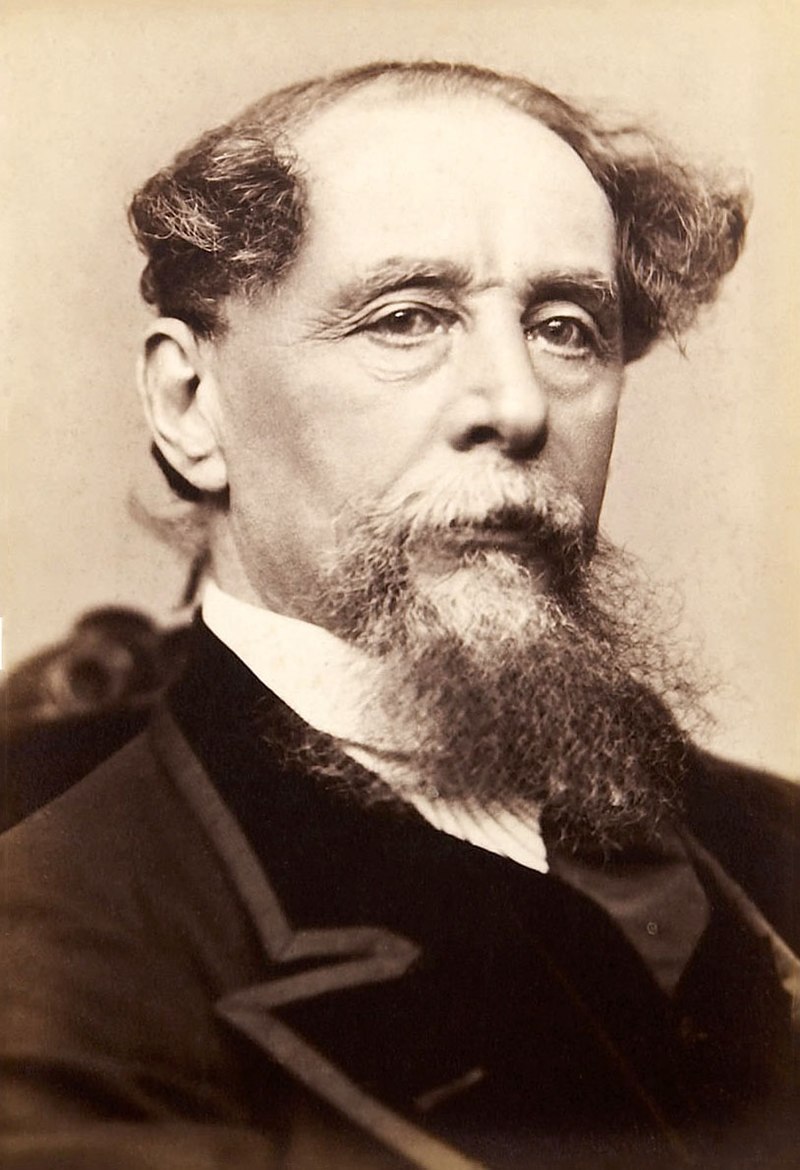Present-day photographs by Daniel Tink
This is a fabulous walk along the cliff tops from Old to New Hunstanton. There is much to see, fascinating historical facts and myths to consider, and an awesome secret that was kept under wraps for decades.
Why not? Reached from everywhere by rail from Kings Lynn! Golf Galore and first class on the ladies championship course of 1914; and a nine hole course on the cliffs that youngsters may learn the rudiments and long handicaps may be made short! Why not? Lawn tennis and croquet with ‘open’ tournaments on 13 good courts at the recreation ground; cricket for residents and visitors on the best ground in West Norfolk; bowls on two fine greens; and tennis again on the Esplanade Gardens. Grand cliffs and glorious sands, the safest bathing on the East Coast, esplanades, shelters, cliff rambles, promenade pier, and sea fishing, concert rooms, and theatre. Why not?
Eastern Daily Press July 4 1914, describing Hunstanton (the train station was later closed by Dr Beeching in the great ‘cull’ of Britain’s railways)
Starting the walk
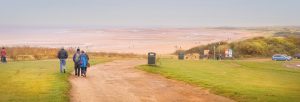
The walk begins at the huge car park at the beginning of Lighthouse Close in ‘Old’ Hunstanton. You can drive here or walk from the vast sand dunes of Holkham and up to the top of the cliffs. There are toilets here as well as a cafe. Look back for unforgettable views of the sand dunes.
There is a cute road train that operates from here in the summer to the new town and back again – very popular with kids but it takes anybody! – And you can ride it either way (picks up by the green at the new town).
The white lighthouse you see straight ahead was built in 1840, although there have been structures with a similar purpose on this spot since at least 1665. The present lighthouse was the world’s first with a parabolic reflector. Nowadays, the building serves as holiday lets.
The legend of St Edmund
A few yards away on the green cliff top are the remains of St Edmund’s Chapel, alongside which is a wooden sculpture of a baying wolf.
St Edmund, the first Patron Saint of England, arrived in this locality as a very young man and was crowned King of East Anglia in 855. For some years he was a benign and just ruler before being defeated by the invading Danes led by a man called Ivar the Boneless at a place – exact location unknown – called Haegelisdon. He was offered his life if he denounced Christianity, which he refused to do. He was tied to a tree and his body shot through with arrows (there are obvious parallels with the legend of St Sebastian here) and he was decapitated. His mortal remains were unceremoniously dumped in a nearby wood.
When the broken-hearted people of East Anglia heard of this, they organised a search party for their king, finding his body quite quickly. However, as they could find no trace of his head, one of them yelled out ‘Where are you?’ Where are you?’ A cry came back from further inside the wood: ‘Hic, Hic, Hic’ (Hic is Old English for ‘Here’). The head was found, protected by the forelegs of a wolf. The wolf allowed the head to be taken and went with the men to the body of Edmund where the head miraculously reconnected itself to his body. The wolf returned to the forest.
Hippisley Hut
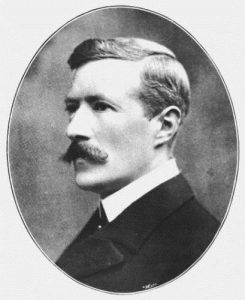
Hippisley Hut is here, still surviving as a private home, and pivotal to the success of the war as the centre and birthplace of wireless interception. It is a five bedroomed family home now, no longer a hut, and has in the past been available as a rented holiday home.
It played a key – some say THE key – role in a top secret campaign to give Britain command of the seas and the U-Boat campaign during the Great War.
It is named after Richard John Bayntun Hippisley CBE (1865-1956), known in his life as Bayntun. Science was very much in the family genes, his grandfather being a Fellow of the Royal Society and another relative, Richard Lionel Hippisley (1853-1936) having a very distinguished career first as Director of Telegraphs in South Africa during the Boer War and later as Chief Engineer of the Royal Engineers in Scotland.
Bayntun joined the West Sussex Yeomanry in 1908, soon developing an interest in wireless and he successfully applied to the Post Office for a licence to start his own wireless station at the Lizard in Cornwall where he reputedly picked up messages from the doomed Titanic in 1912.
When war broke out in 1914 the Admiralty was very keen to utilize the experience of amateurs like Bayntun due to their wealth of experience and, frankly, lack of costs. Thus it was that Bayntun and a friend of his, Edward Russell Clarke, were recruited as ‘volunteer interceptors’ and together began an effective monitoring of German wireless stations. They proved to be successful operating at a lower frequency than the ‘official’ Marconi stations. In late 1914 both of these men were sent to Hunstanton, to a bare wooden building that became known as ‘Hippisley Hut’. Hunstanton was the highest point in close proximity to the German coast.
One of the men who won the war?
The work of Bayntun and Clarke was top secret but it is the opinion of some experts on the period that they may well have had a crucial impact on the outcome of the conflict. They rapidly converted the basically wooden hut into a listening station which could tune into the signals of German shipping and airships. Sometimes they would venture out onto the surrounding cliff tops and operate from tents. 14 more similar stations were set up along the coast and two at crucial overseas locations, Malta and Italy.
The listening stations were critical in several ways, in particular during the Zeppelin menace of 1916.
Hippisley Hut, signal interceptors and the Battle of Jutland
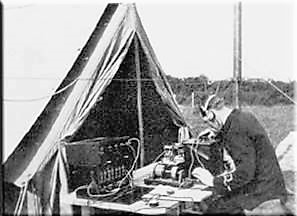
This battle in 1916 was the most important naval clash of the war. The plan of the Germans was to lure the Royal Navy into a trap by offering battle with a small number of fast ships before attacking with the full might of the Dreadnoughts and U-boats waiting over the horizon. However, the Allies were aware of the location of the High Seas Fleet through the work of the listening stations, including that in Hunstanton. Vice Admiral Sir David Beatty, commanding the British ships, was able to turn back from his pursuit before disaster may have struck, although he still lost two cruisers. Thereafter, there were skirmishes during which HMS Indefatigable, HMS Invincible and 11 other cruisers and destroyers were lost along with 6,000 men. Germany lost about 3,000.
It was the only meeting between the British Grand Fleet and the German High Seas Fleet and, although claimed to be a German victory, and indeed, the Royal Navy lost 14 craft to the 11 of Germany, it nonetheless ended for good any aspiration by the Kaiser to dominate the seas.
By 1917 Bayntun had further developed his systems and was able to advise as to the locations of German shipping and U-boats which led to the clearing of the seas, enabling essential supplies to reach the British people.
After the war Bayntun was awarded an OBE and returned to Somerset where he became involved in local politics. In 1937 he was honoured with a CBE. He died in 1956.
Walking into the ‘New’ Town
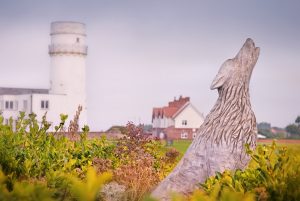
From the lighthouse, follow the path along the cliff top towards New Hunstanton, along Cliff Parade. As you walk looking over the cliffs, you will see not one, but up to four fences, each about a yard further in, stopping any further progress toward the cliff edge. The council has simply put up a new fence each time erosion has impacted the cliffs, leaving the ‘old’ one in situ. The fact that they are all in reasonable condition still is a physical reminder of just how quickly the land is being eaten away.
As this is an area of sometimes blanket mists, the grass can become surprisingly wet and waterproof footwear is a must. Some walkers choose to use the pavement on the further side of the road.
You will soon pass the area of new houses and flats designed with a sea view. On the left, the buildings become grander, constructed of beautiful deep sandy coloured ‘honeystone’. This is the start of the ‘New’ Hunstanton, designed as a complete new settlement by a celebrated Victorian architect, William Butterworth, and paid for by a consortium of wealthy businessmen led by Henry Styleman Le Strange. You will pass two elegant squares – Lincoln and Boston – which were based on London squares but each having a wonderful sea view. The town was begun in 1846 and linked to Kings Lynn by a new railway.
The road passes the old ‘pitch and put’ course on your right and leads to the Green, the epicentre of the town. Look up to your left to see the very first building ever built here, now called The Golden Lion Hotel. Glance around to witness a wonderful triangle of deep sandy-coloured honeystone buildings, with the bottom side of the triangle being the seafront and promenade. The sixties and seventies have a great deal to answer for here as, especially from the apex and along the right-hand side of the triangle, much quick ‘adding on ‘ has been done in order to turn the original buildings into shops and cafes. If, however, you can blot these out in your mind’s eye, it is possible to travel back in time and see this town as the beautiful and highly praised settlement it was. The great and the good all came here along with the ‘ordinary folk’ who utilised the railway.
Went to New Hunstanton, which in consequence of the Camp and some excursions from the Midlands was a complete Fair, almost equal to the sands of Yarmouth in the height of the season. …The whole place was replete with life, and every available place of refreshment was crowded.
Rev Benjamin Armstrong July 20 1874
Walking around the town
If you have time, take a walk around the town. To do this, pass upwards to the right hand upper side of the green. Turn right, along the cafes and then first left. Follow Le Strange Terrace into Westgate and turn left into the High Street. This higgledy-piggledy street of golden honeystone has much the same atmosphere as it did years ago, although the shops themselves may have changed. At the end, turn left down the hill, left again at the green, until you stand opposite The Princess Theatre. You are on top of the green, where this mini walk began.
Personal memories
If you look behind you, this is precisely the spot where the writer of this account spent his teenage years. It was in a restaurant with flat above situated on the ground and first floors of one of these beautiful honeystone buildings. It had (has) five floors, the three above, alas, all being empty at the time. Unfortunately, the water tank was at the top and froze constantly in winter. Many was the time that mother and son went up and down, up and down, with hot water!
I have many memories of this restaurant where my Mum worked so hard for two years that she saved up enough money for the family’s first house. I recall, on the day we opened for business, a family of customers went to sit outside on the terrace. As they all sat down around the table I heard a sharp ‘crack’ and the man in the group was on the floor – his wooden chair had broken. This was excruciatingly embarrassing to the 13 year old boy (me) who was acting as the waiter. Oh well! He was very nice about it as I recall.
As you will see, from the top of the town the green slopes towards the massive Norfolk ocean over which the sun sets in spectacular fashion – Hunstanton is rare in facing west and the sun actually sets over the sea. For up to five or six hours a day, depending on time of year, silver and golden, at times also pink and red, even greenish, ‘roadway’ – some locals call it the ‘pathway to heaven’ – stretches to infinity over the waves. When the tide recedes and it is peaceful, scores of seals bask on the sandbanks. This is also a place of mirages: some claim to have seen magical ships and beautiful castles through the fine haze on a summer’s day, on the horizon just above the sea.
Local legends and literature
If there is a reasonable wind, there is no better place for windsurfing. Yet, when a gale blows and the sea roars, it is best to take cover – the pier was completely swept away in1978. King John is reputed to have lost the Crown Jewels somewhere in the Wash due to a storm of unprecedented ferocity, so somewhere out there may be riches beyond imagination. Some historians think this may have been an early insurance scam, King John having secured the jewels somewhere else …
Again, legend has it that when St Felix was sailing in the Wash on his way to bring Christianity to East Anglia in 630 AD, his boat became tossed in a storm. The resident beavers came to his rescue and, in gratitude, he granted the chief beaver Episcopal status before landing at nearby Babingley: this is why the first Bishop of Norfolk is reputed to have been a beaver.
One of the most celebrated novelists associated with Hunstan is L.P. Hartley. In 1944 he published The Shrimp and the Anemone which drew upon his childhood experiences playing among the rock pools below the famous cliffs. Many became aware of him through the book The Go-Between, a work immeasurably melancholy and beautiful in almost equal proportions. The famous film of the book, starring Alan Bates and Julie Christie, was filmed in the region. PG Woodhouse was another frequent visitor.
If you have the time, you can wander down to the shore and along the long promenade, gaze at the ocean and even wait for one of the famous sunsets if you are lucky enough to visit when the weather conditions are right.

